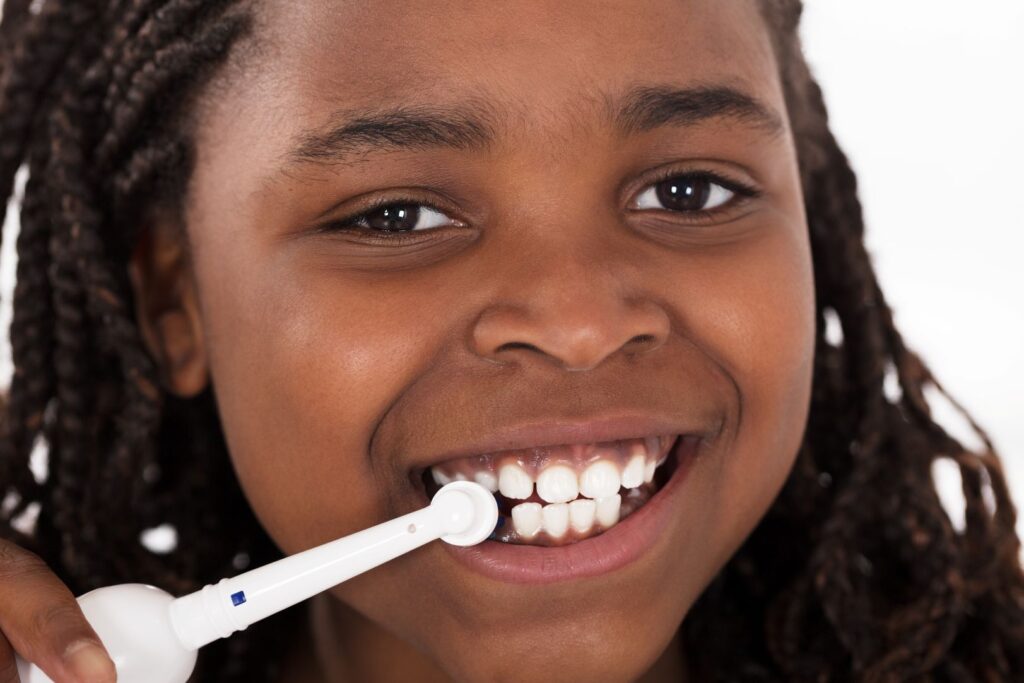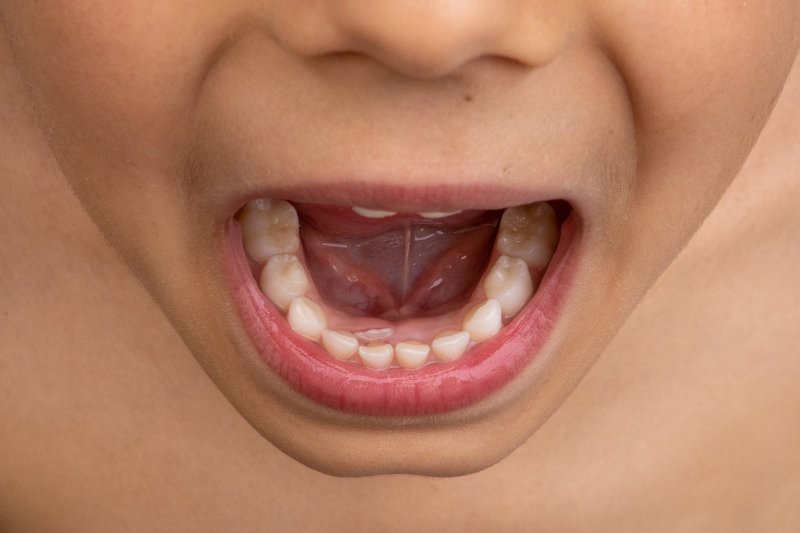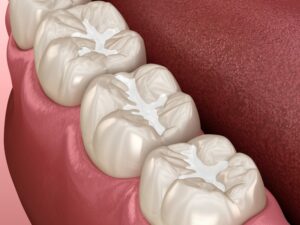
As you get your shopping list ready for Thanksgiving, you and your family may be adding favorites that must be on the table. Some staples help make the meal more satisfying, but some foods may not be the best for smiles. This can be especially true for your child, as their growing grin deserves to stay safe! Here are three swaps you can do to help their teeth stay protected.
(more…)









